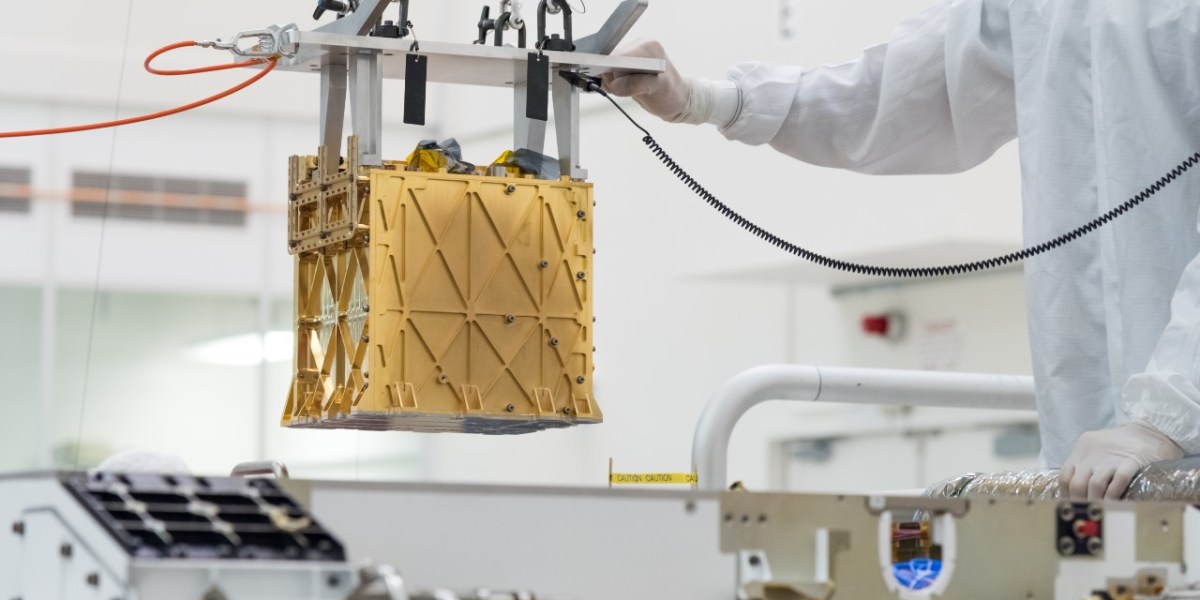
NASA's Mars rover Perseverance made history in April by producing the first breathable oxygen from another planet, thanks to an instrument designed by MIT.Martian atmosphere contains 95% carbon dioxide. However, MOXIE (Mars Oxygen In–situ Resource Utilization Experimental), a small, box-shaped device aboard, converted it into oxygen using a technique called solidoxide electrolysis.NASA's Jet Propulsion Laboratory technicians lower MOXIE to the Perseverance Rover. NASA/JPL CALTECHTo remove contaminants, the carbon dioxide from Mars was first compressed and filtered. The carbon dioxide was heated up and separated into carbon monoxide and oxygen. The oxygen was then separated in a separate chamber. There, the ions were merged into oxygen gas and carbon monoxide was released into the atmosphere. Initial results indicated that the test yielded 5.4 grams of oxygen per hour.Jeffrey Hoffman, who is the project's deputy principal investigator and professor of the practice, said that the first MOXIE run was a significant step forward in bringing us closer to human missions to Mars. Not only for breathing, but also as a component in rocket fuel, oxygen will be essential. According to Michael Hecht (SM 78), principal investigator at the MIT Haystack Observatory. To launch four astronauts from the Martian surface would likely require 25 metric tons.
